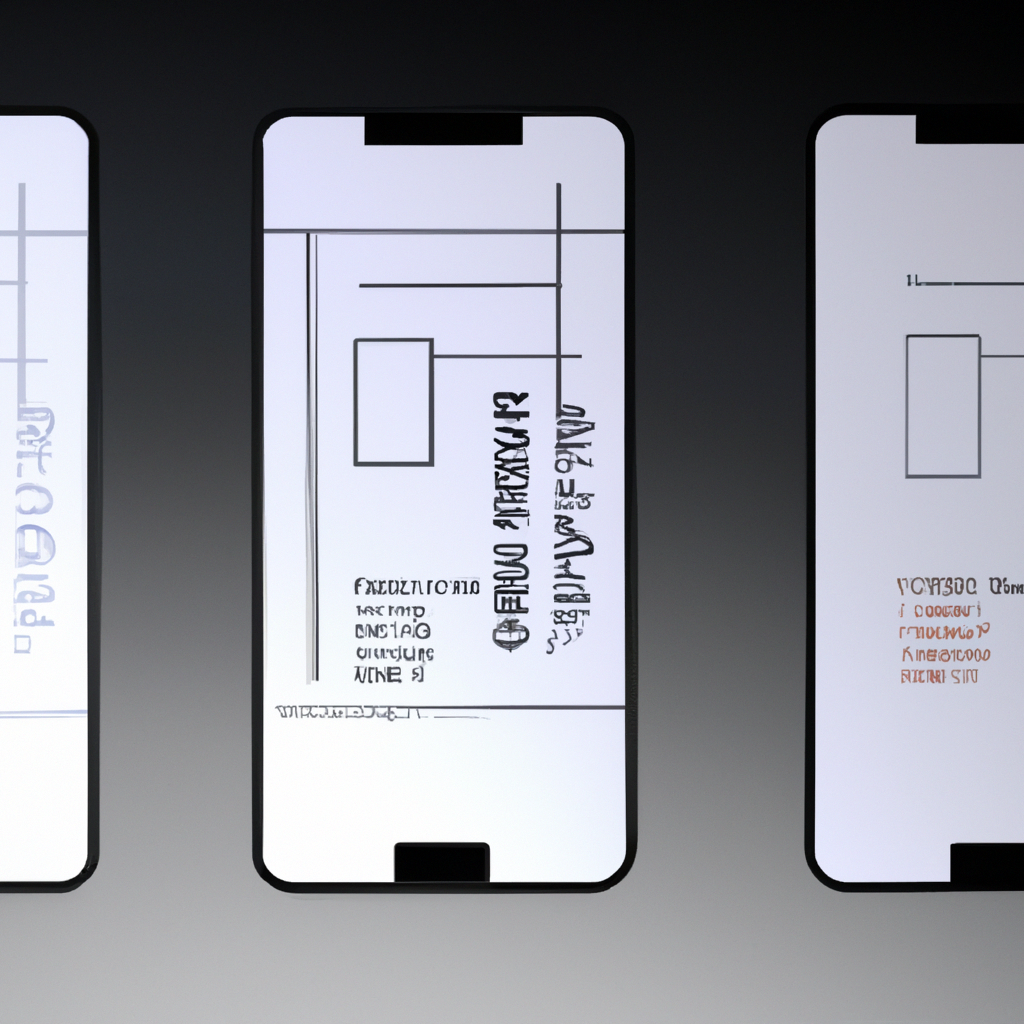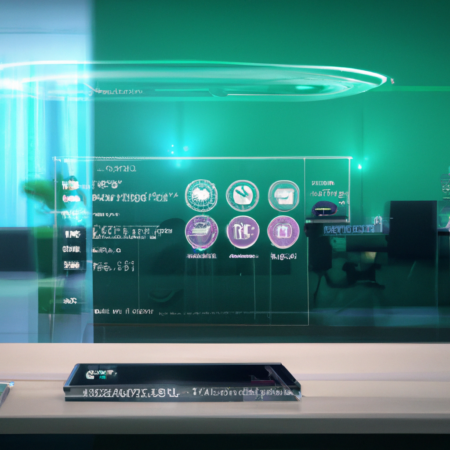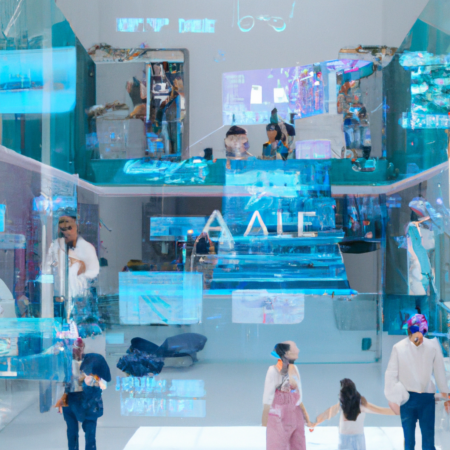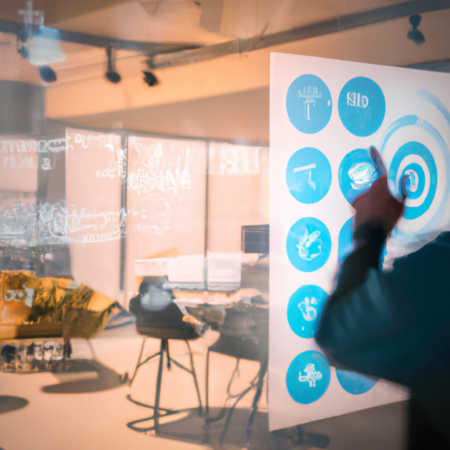Embracing Simplicity: The Future of UX Design in 2025
As we move deeper into the decade, the trends in user experience (UX) design are increasingly leaning towards minimalism and simplicity. This evolution mirrors the broader societal shift towards sustainability and efficiency, impacting how designers approach projects and innovate within their field.
In 2025, UX design is not just about looking good or being trendy; it’s about creating seamless, intuitive user experiences. We see a significant push towards removing unnecessary elements, focusing on essential functionalities, and enhancing user satisfaction through clear, uncluttered interfaces.
Key Trends in UX Design
1. **Focus on Accessibility**: With global attention on inclusivity, accessibility has become a cornerstone of UX design. Designers are now prioritizing solutions that cater to all users, including those with disabilities. This approach not only broadens the reach of products but also ensures compliance with international standards.
2. **Advanced Personalization**: Leveraging AI and machine learning, UX designs in 2025 offer a higher degree of personalization. Systems are now capable of understanding user preferences and behaviors to tailor experiences uniquely to each user, enhancing user engagement and satisfaction.
3. **Voice-Activated Interfaces**: As voice technology becomes more refined, voice interfaces are becoming an integral part of the UX design landscape. These interfaces offer a hands-free, efficient way to interact with devices, emphasizing speed and convenience.
4. **Ethical Design Considerations**: There is a growing emphasis on ethical design practices in 2025. Designers are considering the broader impact of their work on society and the environment, pushing for designs that promote positive values and sustainable practices.
Implementing Simplicity in UX Design
The implementation of simplicity in UX design involves stripping down designs to their most fundamental features without compromising functionality. This not only helps in reducing the cognitive load on users but also enhances the overall aesthetic appeal. Effective simple designs are more than just minimal; they are clear, efficient, and inclusive, making them more appealing to a broader audience.
As we look forward, the role of UX designers is becoming more crucial as they bridge the gap between technology and users. The focus on simplicity and efficiency in design is not just a trend but a necessity as we navigate the complex digital landscapes of 2025.






